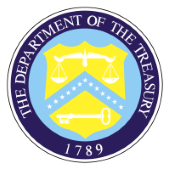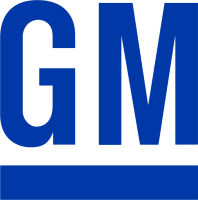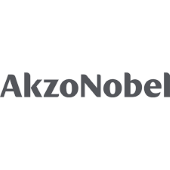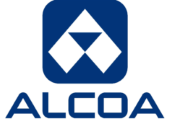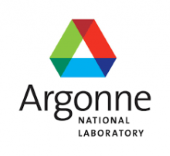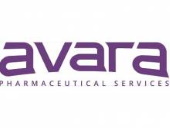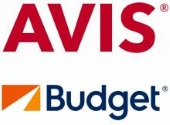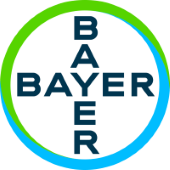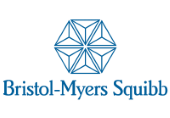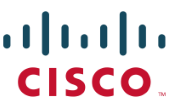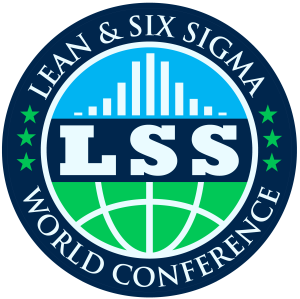 |
|  |
|
ABSTRACT Resolving the Big Lean Six Sigma Blindspot!Industry: Not Industry Specific Keywords: Color Blind, Color Vision Deficiency, Visual Tools, Lean Six Sigma Level: All Levels LinkedIn: https://www.linkedin.com/in/katie-kosak-phd-7495091a1 Also known as color vision deficiency, color blindness is the decreased ability to distinguish between certain colors. Some people have difficulty discriminating between red-and-green or blue-and-yellow, while others may see the world as monochromatic. A significant proportion of the population, approximately 8%, has difficulty seeing colors. Unless people disclose that they are color blind, you probably will not know this about them, and that could mean that you miss the mark when implementing changes to improve a process. Colorblindness can present challenges when using Lean Six Sigma visual tools, as these tools often rely on color coding to convey information. Think about workplace floor tape markings, stoplight charts, andon lights and many other visual tools we use when implementing our Lean Six Sigma solutions. Fortunately, there are ways to make these tools more accessible for individuals with color vision deficiencies. This presentation will further explain the different types of colorblindness and demonstrate ways that you can make visual tools safe and effective for those with and without colorblindness. We will explore strategies that supplement color, such as patterns, shapes, and labeling. You will learn the importance of contrast and color palette combinations that are easy for all to distinguish between. As Lean Six Sigma practitioners, we understand how important it is for everyone to be able to see and interpret the solutions we put in place, making the workplace more effective and efficient. Implementing the strategies we will present, you can make Lean Six Sigma visual tools more inclusive and accessible to individuals with color blindness or other vision deficiencies, ensuring that everyone can effectively participate in a more visual workplace. | BIOGRAPHY Dr. Katie KosakNASA Ionization Radiation Physicist, a. i. solutions, Inc., Kennedy Space Center, FL, USA Dr. Katie Kosak is an accomplished Electromagnetic Compatibility and Radiation Physicist who plays a vital role within NASA's Launch Services Program at the Kennedy Space Center. Her work primarily revolves around predicting solar cycles and enhancing lighting systems for space launches. She has also distinguished herself as an advocate for inclusivity in the workplace, particularly for individuals with visual impairments, owing to her personal experience with tritanopia color blindness. Katie earned two Bachelor of Science degrees in Physics and Combined Mathematics from the Florida Institute of Technology. She later pursued her passion for physics by completing her Ph.D. in the subject at the University of Warwick in England. Her academic journey laid the foundation for her successful career in space science and physics. Throughout her career, Dr. Katie Kosak has accumulated a diverse range of experiences and internships in various esteemed institutions, including Los Alamos National Lab, The Center for Space and Atmosphere Research, and even in Russia. These experiences have allowed her to contribute significantly to the field of helioseismology, demonstrating her dedication to the study of the sun and its behavior. In addition to her scientific endeavors, Dr. Katie Kosak is a certified Lean Six Sigma Yellow Belt. She uses her expertise in Lean Six Sigma methodology to lead a team dedicated to improving visual accessibility in her workplace. This initiative underscores her commitment to fostering a more inclusive and accommodating environment for individuals with visual impairments and promotes better overall efficiency and quality in her organization. | CO-SPEAKER Bonnie K. StoneIndustrial Engineer, a. i. solutions, Inc, Merritt Island, FL, USA Ms. Bonnie Stone is a process improvement professional and Lean Six Sigma Master Black Belt (MBB) for a.i. solutions, Inc. Currently, Bonnie is leading process improvement projects for NASA’s Launch Services Program, which prepares and launches uncrewed exploration and robotic missions to space. Ms. Stone is an active contributor in the professional community, via groups such as the Lean Six Sigma Federal Improvement Team and the Project Management Institute. She is a central figure in the Lean Six Sigma community, having served as Conference Chair and Co-chair for the American Quality Institute (AQI) Lean Six Sigma World Conference on multiple occasions. In addition, she has authored multiple papers and presentations on leading-edge topics in process improvement and its practical application. She is an engaging speaker and a naturally gifted educator. Ms. Stone received dual Bachelor of Science degrees in Biology and Medical Technology from University of Memphis. She also holds two advanced degrees: Master of Science in Industrial Optimization from Embry-Riddle University and an MBA from the Florida Institute of Technology. She holds both MBB and PMP certifications. |








